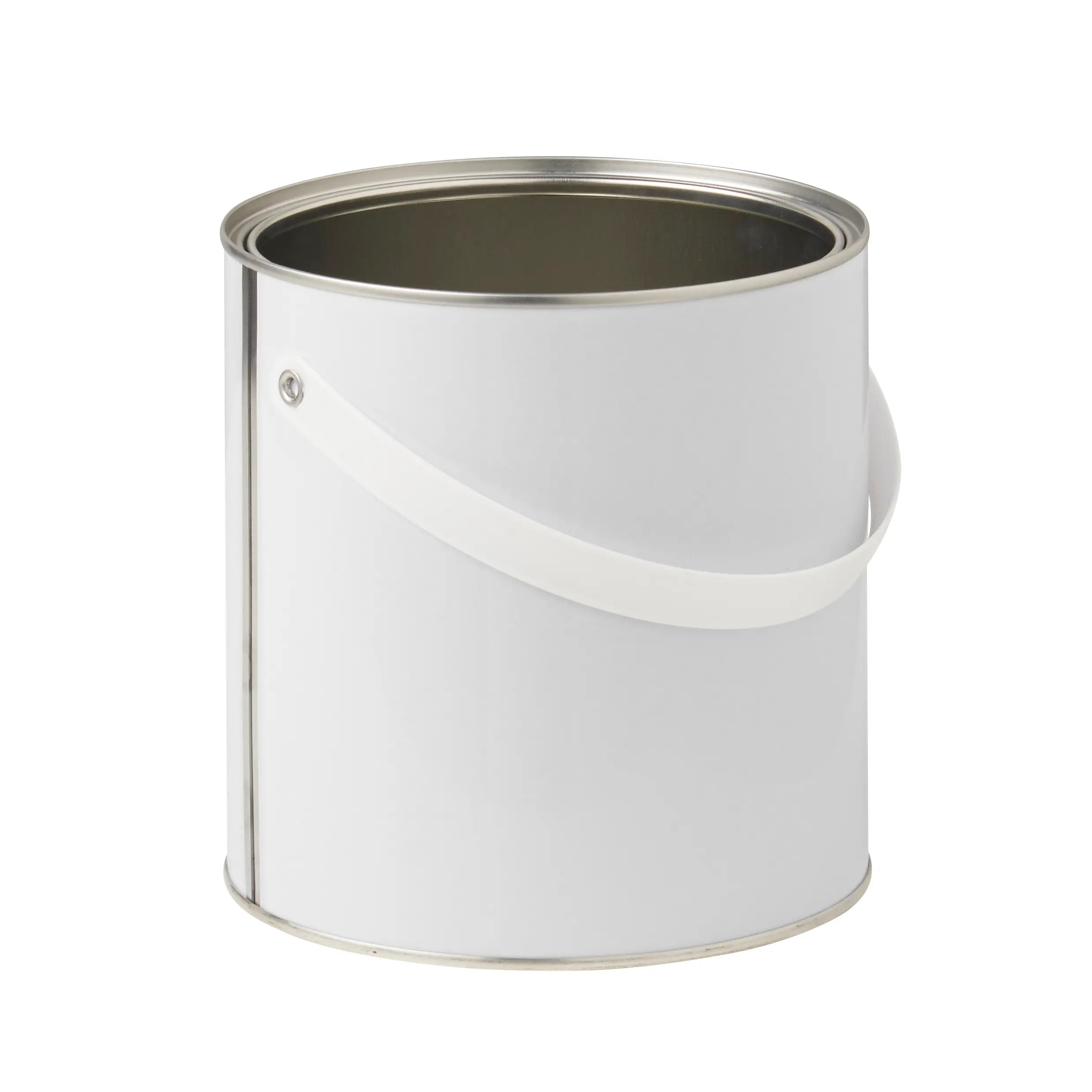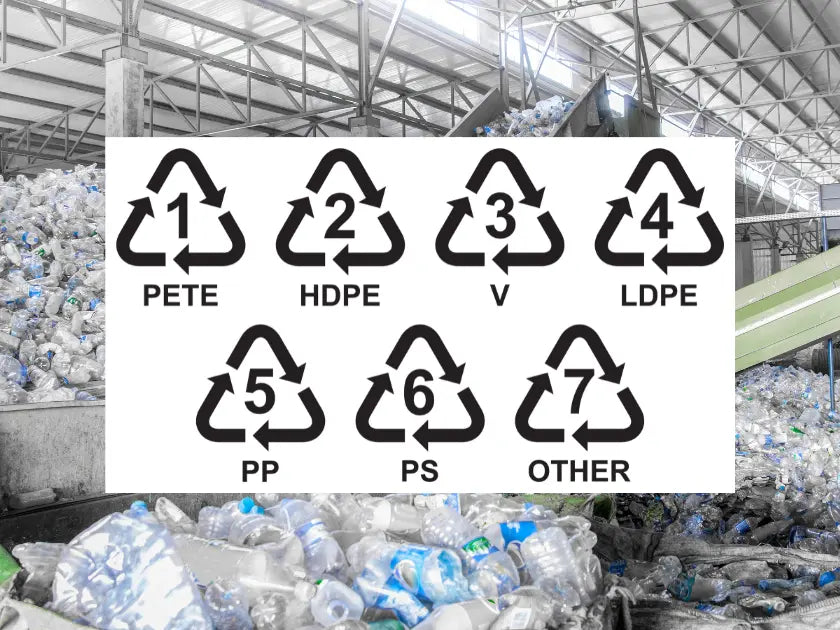Plastic recycling symbols, whether stamped, stickered or embossed, are essential for the packaging industry. These recycling symbols are useful for food businesses, wholesalers and customers alike, helping them identify what a product is made from, whether it's UN certified, food grade or BPA free. They can show whether the packaging is freezer-safe, dishwasher-safe or suitable for microwave use.
Resin ID symbols are also important for sustainability because not all plastics are recyclable. Resin codes identify the type of plastic and whether it can be recycled, helping to ensure products are correctly disposed of after use.
Introduction to Plastic Recycling Symbols
Recycling symbols are available for a wide range of materials, including metals and composites, as well as plastic. The plastic recycling symbols are standardised, which means they are internationally recognised, which is important for sustainability in the global economy.
Although they are known as recycling codes, they actually identify what the material is made from. It may or may not be recyclable. The codes include letters and a number in an equilateral triangle, this makes it easy to keep track of key information throughout a product's lifecycle.

The plastic recycling symbols fit into a wider coding system.
Common Plastic Recycling Symbols
The Recycling Symbol
The internationally recognised recycling symbol for recycling is a triangle made of three arrows that are folded to form a continuous strip. The design was released on the first Earth Day in 1970. It was designed by Gary Anderson, a 23 year old student at the University of Southern California. It was the winning entry in a competition held by the Container Corporation of America (a large producer of recycled paper) to raise awareness of environmental issues.
The recycling symbol is not trade-marked so it can be freely adapted. Everything from the style of the arrows to the colour, to whether the arrows fold over or under is open to interpretation. The logo has stood the test of time because it's simple and easy to recognise whatever shade of green or arrowhead chosen.

The recycling triangle icon is not trademarked, which is why there are so many versions available
Resin Identification Codes
Plastic resin codes make it easy to identify different plastics, without this coding system, it would be hard to differentiate one plastic from another. The ID codes help businesses and consumers make informed choices about which products to use and whether they are destined for landfill or can be recycled once they've served their purpose.
Plastic recycling symbols consist of a number and a set of letters. These recycling symbols are clear to read and are a simple and effective way to identify materials. Recyclable plastics may also include the recycling triangle to reinforce the message.
All of the plastic packaging that we supply is recyclable. Our HDPE (ID Code 2), includes Jerry Cans, Drums and IBCs. We also offer a wide range of PP Polypropylene packaging (ID Code 5), including buckets, tubs and jars.
Interpretation and Application
Government legislation and campaigns by environmental charities have increased public awareness of the importance of recycling packaging. The Household Waste Recycling Act 2003, required local authorities to separate recyclable household waste, and since then curbside recycling boxes, green wheelie bins and compost buckets have become the norm for households across the country.
This change in consumer behaviour has meant more people look out for the plastic recycling symbols and plastic codes. Businesses have also responded to environmental and legislative pressures by increasing their use of card and paper packaging, reducing single-use plastics and making packaging smaller and easier to recycle.
Recyclability is no less important when it comes to the rigid packaging market. Products made from HDPE and Polypropylene are highly durable so they can be reused and they can be easily recycled after use.

Plastic Resin ID codes help to identify whether plastic can be recycled.
The Future of Recycled Plastic
Rigid plastic packaging remains the most practical and economical choice for many businesses. HDPE and PP plastics have an excellent strength-to-weight ratio and keep a wide range of products safe when they are stored and transported.
The biggest change in the rigid plastics market has been the move to recycled plastic. Environmental taxation, such as Plastic Packaging Tax and increased customer demand has led manufacturers to develop more recycled products.
PCR or post-consumer recycled plastic is made from plastic that has been ground into pellets for use again. This has the twin benefits of reducing plastic waste and a lower carbon footprint. This is because extracting raw petroleum to make virgin plastic uses a lot of energy. The UK Plastic Pact Annual Report 2021 showed that it takes 75% less energy to make a plastic bottle from recycled plastic.
Our recycled plastic buckets are made from 70% recycled PP plastic. They offer the same reliable performance as our standard buckets with a lower environmental impact and they can still be recycled again after use.
It is more challenging for the food and beverage industry to utilise recycled plastics. This is due to the difficulty in tracing the source of the regrind plastic and the risk it could contain harmful contaminants. One solution is to sandwich a recycled plastic core between two virgin layers. This means the layer next to the food is guaranteed to be food-safe, whilst the PCR layer improves the sustainability of the product. Our range of recycled Coex Bottles and Jerry Cans are made using the Coex method, so they are food-safe.
The packaging industry needs to balance the necessity of a product to be fit for purpose, whilst also being as sustainable as possible. Recyclable plastic can play an important role in this goal. Manufacturing packaging that can be used again at the end of its life.






